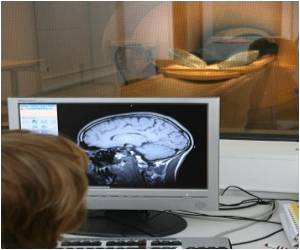
In all cells, DNA functions as a template for the proteins that are to be formed in the cell. As an intermediate step in this process, so-called RNA molecules are formed. They appear directly after the transcription in an original form, but, before they can be translated to proteins, they are processed, in that certain parts, so-called introns, are removed. New sequencing techniques now make it possible to examine the sequence of all RNA molecules that exist in a certain cell type or tissue.
In the study now published, the scientists show that during fetal development, there is larger proportion of RNA molecules that still contain introns compared with a fully developed brain, where most RNA molecules have been fully processed. Many of these RNA molecules are the kind that can produce the many different protein variants needed during brain development. Among the RNA molecules in the brain that often still contained introns, there were also several genes of significance in psychiatric diseases.
One possible explanation is that the growing brain needs to have more possibilities for regulating and varying the process when the introns are removed, in order to produce different protein variants, says Lars Feuk, a researcher at the Department of Immunology, Genetics, and Pathology, who co-directed the study with Lucia Cavelier.
Another question that has long been unclear is what the process for removing introns looks like in detail. It can take place either in direct connection with the formation of RNA or after the entire RNA molecule has been formed, but in the past it was not possible to measure directly in tissue sample which is the more common in human cells. In the current study the researchers show that introns are often removed in direct connection with the formation of RNA.
We demonstrate that this rapid removal of introns is more common than was previously thought, which indicates that the formation of RNA and the regulation of protein variants are strongly connected, says first author Adam Ameur, a bioinformatician at the Department of Immunology, Genetics, and Pathology.
Advertisement
Source-Eurekalert














